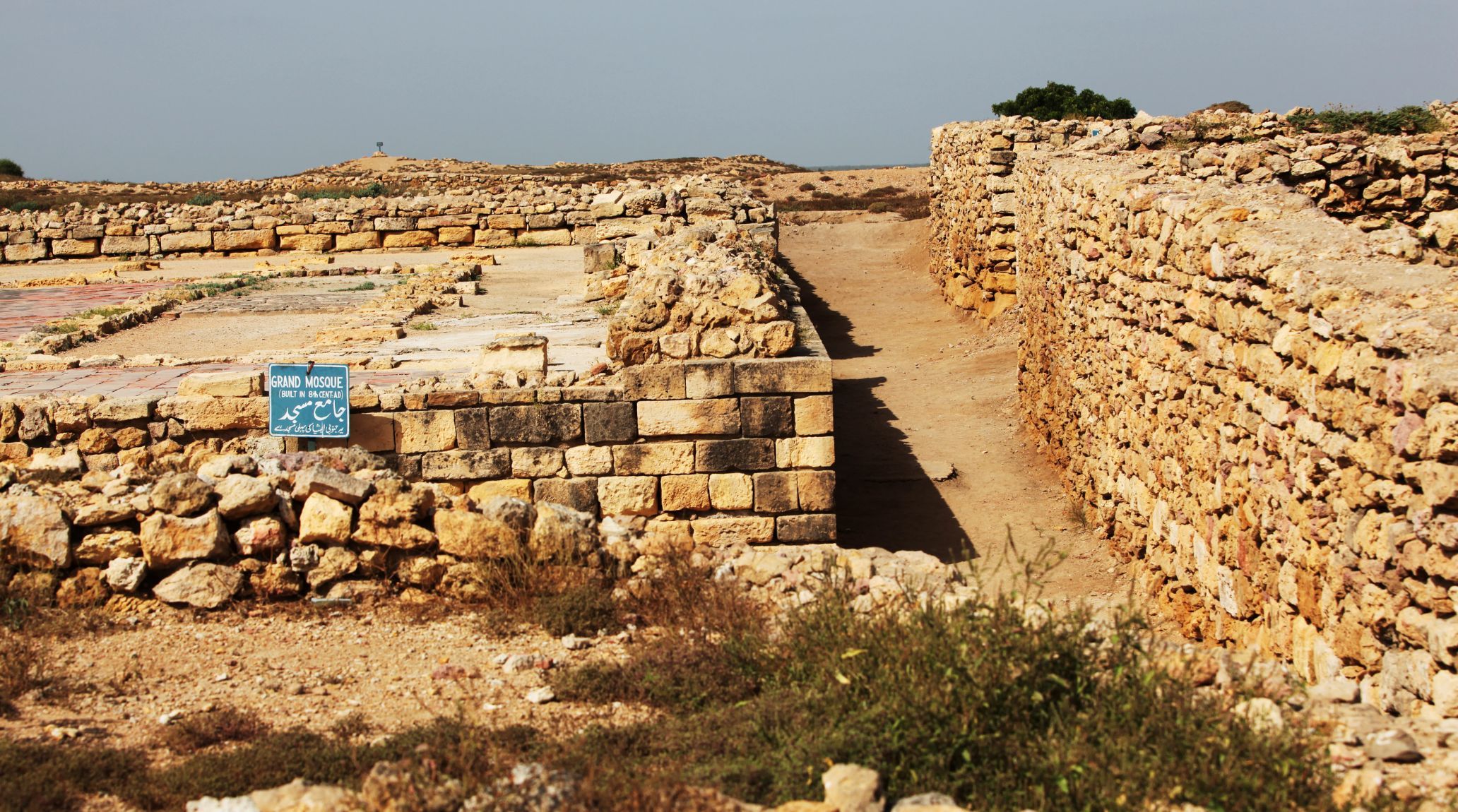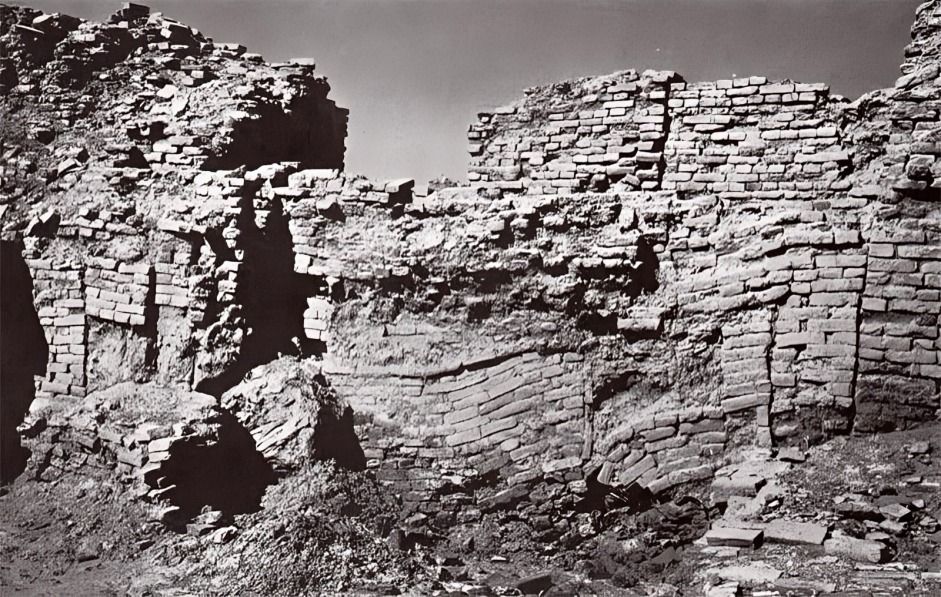
“
The Indus Valley Civilization, one of the world's earliest urban cultures, mysteriously declined around 1900 BCE. In this article, we explore 20 critical facts about the decline of the Indus Valley Civilization, examining the theories and evidence that have emerged over time to offer a clearer picture of this ancient enigma.1
1
”
The Indus Valley Civilization, one of the world's earliest urban cultures, mysteriously declined around 1900 BCE. Despite extensive research, the exact reasons for its collapse remain elusive. In this article, we explore 20 critical facts about the decline of the Indus Valley Civilization, examining the theories and evidence that have emerged over time to offer a clearer picture of this ancient enigma. 1
The Indus River Valley Civilization, also called the Harappan Civilization, was one of the three early civilizations in northwestern South Asia, alongside Egypt and Mesopotamia. It was situated in present-day Pakistan and northwestern India.2
The civilization thrived between 3300 and 1300 BCE, with cities peaking at 60,000 inhabitants around 2600-1900 BCE. Known for their trade with Mesopotamia and advanced infrastructure.3

The decline of the Indus Valley Civilization began around 1900 BCE. Over time, urban centers weakened, trade diminished, and cultural practices shifted. This decline eventually led to the civilization's gradual disappearance.
The decline of the Indus Civilization may have been caused by climate changes, reduced trade with Mesopotamians, river drying or flooding, and possible foreign invasions. These factors collectively contributed to its downfall.4
People from the Indus Civilization likely migrated southward and eastward. This movement was possibly in search of more stable environments. These migrations contributed to the dispersal of their culture.5
Increasing population made the administration difficult. Garbage piled up on streets, drainage systems broke down, and houses were built on roads. Too much grazing by their plentiful herds destroyed the green cover.6
The rise of the Indus River Civilization is likely linked to favorable monsoon cycles, with evidence suggesting weaker monsoons and reduced mountain runoff when the civilization emerged. 7
A recent study analyzed the isotopic concentrations in cave stalagmites. This data revealed a 5,700-year pattern of rainfall, indicating that the decline of summer monsoons and increased droughts coincided with the fall of the Harappan Civilization.8
Researchers have examined sediment cores from the Arabian Sea's bottom, near the Indus River mouth. In this oxygen-poor, anoxic environment, organic matter is well-preserved, providing valuable evidence of past life.9
The decline in long-distance trade with Mesopotamia and other regions reduced economic stability, impacting the livelihoods of the Indus Valley people and contributing to urban decline.10
Major urban centers like Mohenjo-Daro and Harappa saw significant population declines, suggesting that people were moving to smaller, rural settlements due to worsening living conditions.11
Changes in religious practices and burial customs indicate a shift in cultural values, possibly influenced by external migrations or internal transformations, leading to the emergence of new rituals and belief systems.12
Some scholars suggest that invasions by nomadic tribes, such as the Aryans, may have contributed to the decline, though this theory is debated and not universally accepted. The complexity of historical dynamics makes it challenging.13
As the Indus Valley cities declined, smaller regional cultures, such as the Vedic civilization, began to emerge and dominate, filling the power vacuum left by the Indus Valley’s collapse.14
A decrease in agricultural surplus, possibly due to environmental factors, reduced the ability to support large urban populations and contributed to the collapse of urban centers.15
Archaeological evidence suggests a rise in health problems, such as malnutrition and infectious diseases, possibly due to declining living conditions and food scarcity. This deterioration in public health could be indicative of broader socio-economic disruptions.16

The decline of central authority likely led to the fragmentation of power, with local leaders taking control of smaller regions, contributing to the breakdown of the cohesive civilization.
The cessation of large-scale public works, such as water management systems, marks the final phase of urban decline, as resources and labor became increasingly scarce. This abandonment underscores the broader collapse of complex administration.17
The variety and quality of trade goods found in later Indus Valley layers decrease, indicating reduced trade connections and economic decline.18
The changing courses of the Ghaggar-Hakra and Indus Rivers may have resulted in reduced water supply, affecting irrigation systems and leading to the abandonment of cities.19


